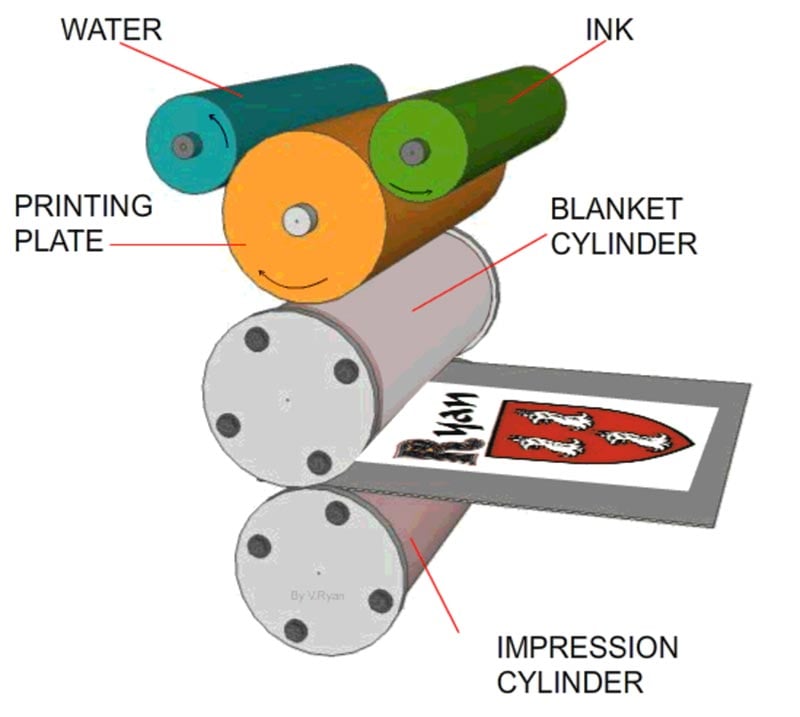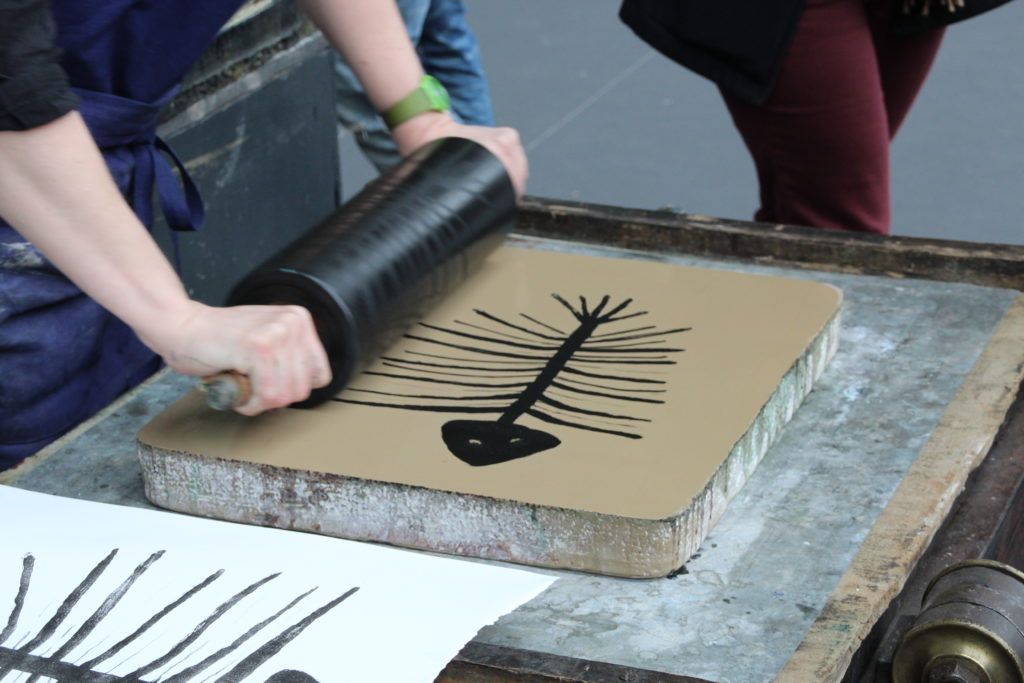Elevate Your Brand with Top-Quality litho printing
Elevate Your Brand with Top-Quality litho printing
Blog Article
A Comprehensive Overview to Comprehending Litho Printing Methods
The globe of litho printing, a method stemming from the late 18th century, is a fascinating mix of background, advancement, art and science. Keep with us as we trip right into the fascinating world of litho printing.
The Historical Evolution of Litho Printing
The historical trajectory of litho printing, a pivotal technology in the world of interaction, is a fascinating tale of human resourcefulness. Birthed in the late 18th century by Alois Senefelder, this strategy was initially an affordable method of publishing staged works. Lithography, derived from the Greek words for 'rock' and 'to write', made use of a smooth stone surface to transfer images onto paper. The procedure progressed with the advent of the rotary press, which considerably boosted performance (litho printing). In the 20th century, the development of balanced out lithography revolutionized the market, permitting for automation of top notch prints. Each phase of litho printing's development showcases humankind's ruthless search of efficiency and quality in aesthetic communication.
Decoding the Science Behind Litho Printing Inks
Relocating ahead in the expedition of litho printing methods, the focus now changes to the scientific research behind litho printing inks. The composition of these inks, their drying out process, and color mixing strategies develop the backbone of this complex art type. Recognizing these elements is vital to grasping the craft and accomplishing the preferred print outcomes.
Make-up of Litho Inks
In lithographic printing, the basic role of litho inks can not be overstated. Pigments, the color-providing aspects, are carefully ground particles suspended in the vehicle, a liquid that carries the pigment onto the printing surface area. Each element plays an important component in the last print's quality, making the exact formula of litho inks an intricate scientific research.
Ink Drying Process
From the structure of litho inks, focus turns to the fascinating procedure of ink drying out. 2 primary methods are used in litho printing: oxidative drying and absorption. Absorption, on the various other hand, involves the ink leaking into the paper fibers, which is a faster process however can lead to less dynamic colors.
Shade Mixing Techniques
While the drying procedure plays an essential function in litho printing, the science of color blending methods holds equivalent importance. The scientific research behind litho printing inks also takes right into account the openness of the ink, which affects how colors overlay and mix.
The Art and Style Elements in Litho Printing
Litho printing breathes life right into art and layout with its one-of-a-kind elements. The procedure includes creating a photo on a lithographic sedimentary rock plate or metal plate with a smooth surface area. The image is after that printed onto a tool, usually paper, by moving the ink from the plate. What collections litho printing apart is its capability to duplicate elaborate designs with high integrity, making the result virtually the same to the original artwork. This is accomplished with using various line methods such as hatching, stippling, and cross-hatching, which permit a series of tonal impacts. Litho printing accommodates a variety of colors, enabling artists to create dynamic and vibrant prints. This combination of accuracy and convenience makes litho printing a preferred choice for several artists and developers.
Modern Applications of Litho Printing Techniques
Litho printing methods have actually found substantial use in the modern click here for more business industry. Its impact and relevance continue to grow with the introduction of brand-new technologies and modern technologies in the field. This area will certainly discover these contemporary applications and the transformative role they play in the printing market.
Commercial Litho Printing Uses
Litho printing stays a vital part of the commercial market. High-volume printing jobs, such as the production of publications, papers, and product packaging, count on litho printing for its ability to supply premium picture high quality and price performance. Litho printing additionally gives a broad shade spectrum, premium to that of electronic printing.
Advancements in Litho Printing
Pushing the limits of conventional strategies, modern-day improvements have fueled a host of innovations in litho printing. These advancements have not just improved the top quality and effectiveness of litho prints but also expanded its application scope. One prominent growth is electronic litho printing, which integrates the merits of digital technology with litho's high-grade result. This visit site crossbreed design uses faster setup times, lowered waste, and makes it possible for on-demand printing. Another notable development is the introduction of eco-friendly inks. These inks, made from veggie or soy-based services, have dramatically decreased the sector's environmental impact. litho printing. Furthermore, the advancement of innovative plate innovation has structured the printing process, resulting in sharper photos and boosted color fidelity. These innovations emphasize the long-lasting importance of litho printing in the modern-day world.
Discovering the Refine of Litho Printing: Step by Action

Difficulties and Solutions in Contemporary Litho Printing

Regardless of the accuracy and custom that litho printing happily supports, it is not without its set of contemporary obstacles. Digital litho printing enables for cost-efficient brief runs and easy customization, resolving the issue of variable information. Hence, while there are challenges, the litho printing sector is proactively adapting to fulfill them head-on, guaranteeing its relevance in the future.
Final thought
To conclude, litho printing, with its abundant background and scientific ins and outs, holds a significant place in the print market. As the overview reveals, see this site it's a synthesis of art and technology, with contemporary developments ensuring its importance. Nevertheless, the industry faces difficulties that require ingenious solutions, with a concentrate on automation and sustainability. The future of litho printing pivots on its capacity to adapt to these altering demands, attesting its enduring worth in a developing market.

Report this page